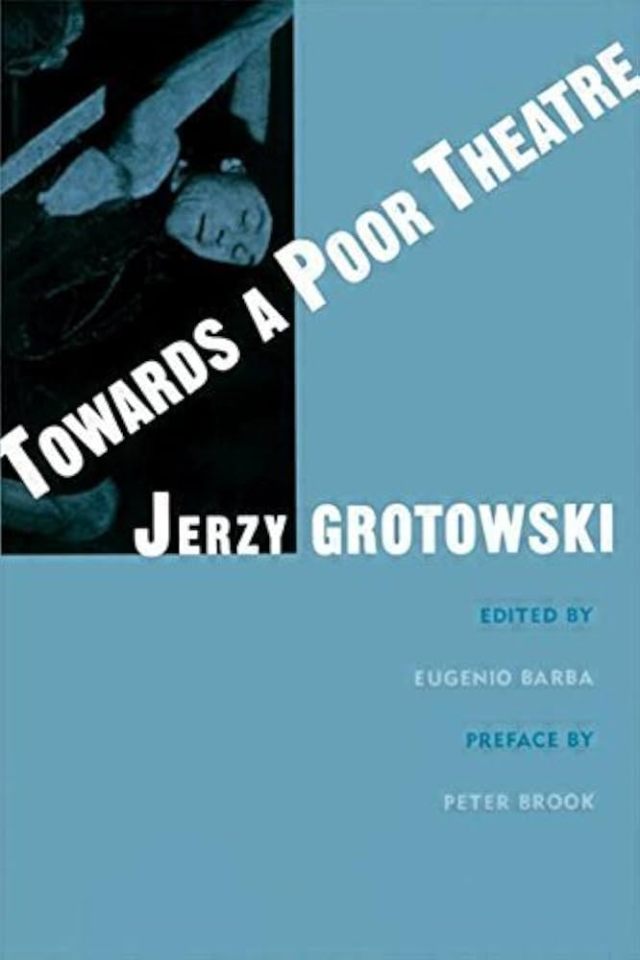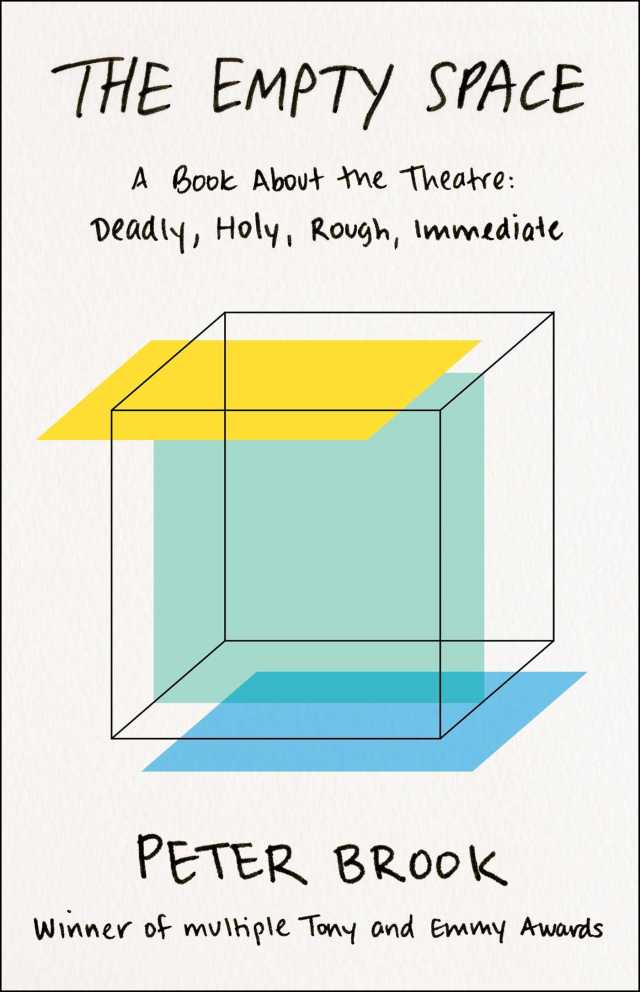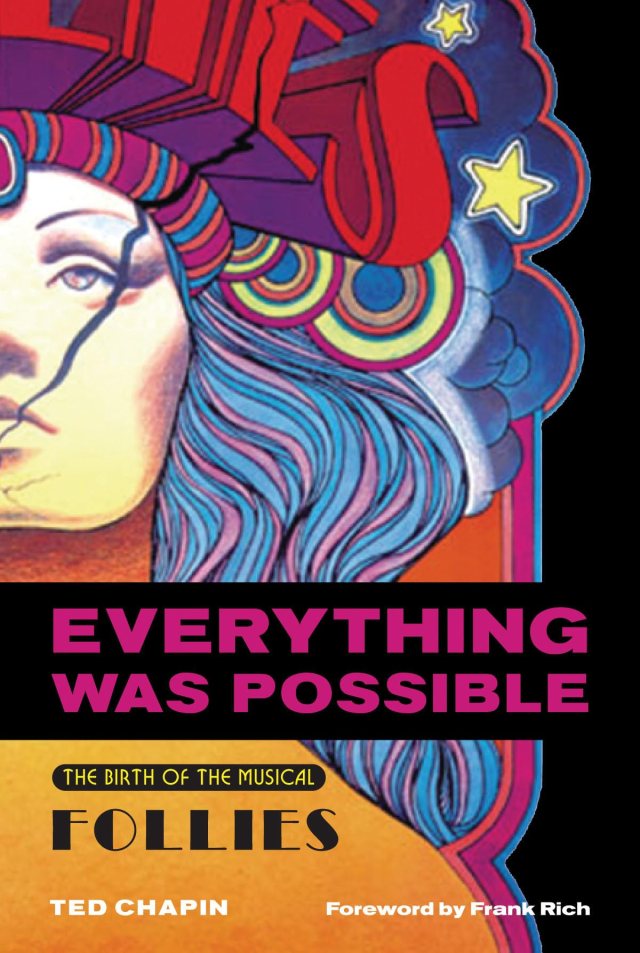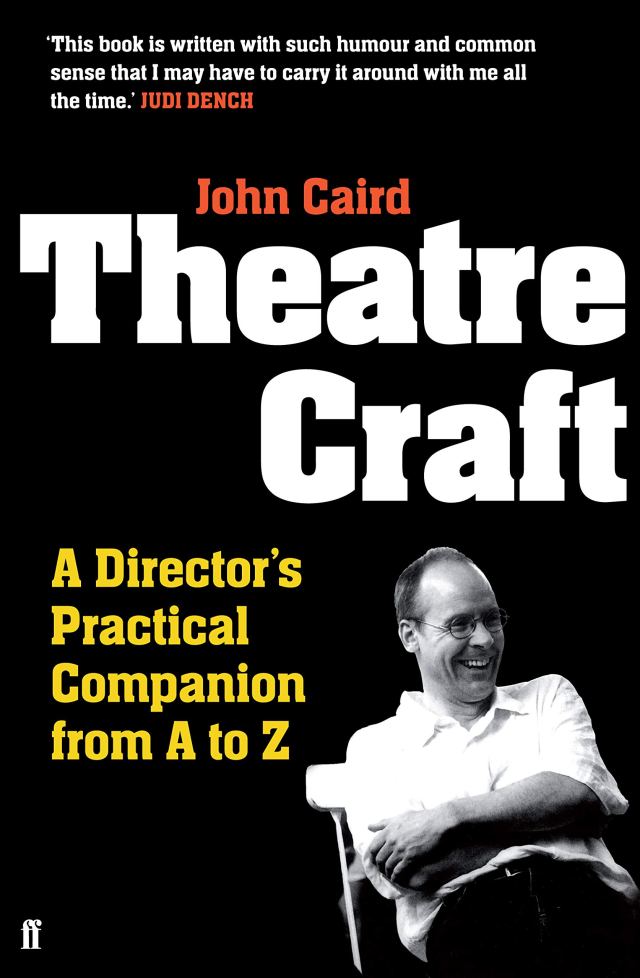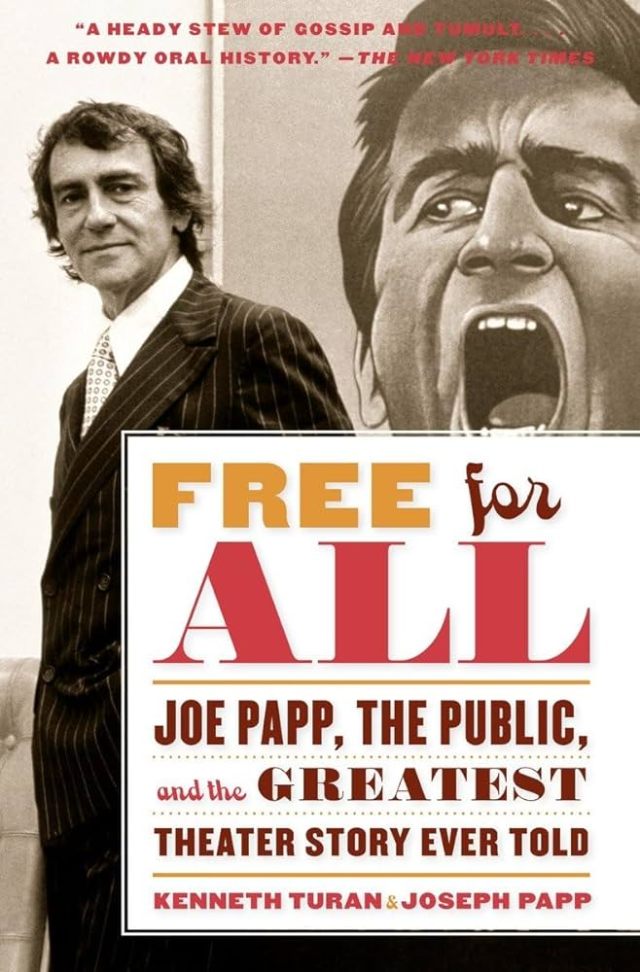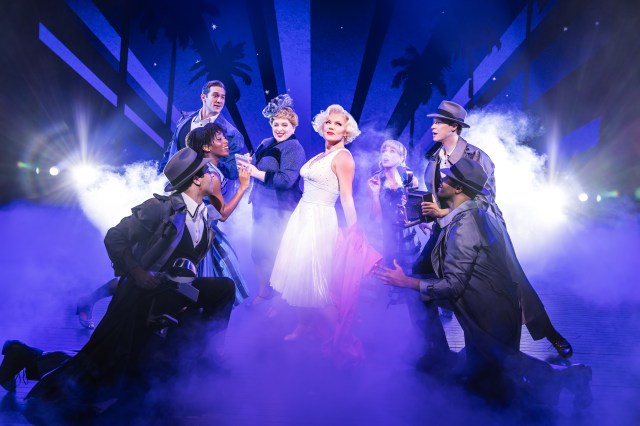It’s back to school time, so I have compiled a short list of essential reading for every theater student, no matter if they are formally enrolled in drama school or studying independently. These books are guaranteed to crack your mind open and have you thinking differently about what is possible on the stage.
1. Towards a Poor Theatre by Jerzy Grotowski
One of the most innovative directors of the 20th century, Jerzy Grotowski was an evangelist for stripping back the trappings of contemporary stagecraft (lighting, sound, props, costumes) to create genuine human connections between performer and audience — something film cannot do. The book details his rigorous methods of physical and emotional training, in which actors are called upon to portray objects with their bodies and contort their faces into masks. It is an invitation to create theater anywhere, with whatever means available. In a time when the American theater seems to be experiencing a design arms race, with increasingly lavish production values on Broadway, Grotowski offers an important reminder that one doesn’t need a $20 million budget to create life-changing theater.
2. The Empty Space by Peter Brook
Originally published in 1968 (the same year as Towards a Poor Theatre), Peter Brook’s landmark work is very much in conversation with Grotowski. Brook asserts that all one really needs to create theater is an empty space, an actor walking across that space, and an audience member to observe. In this relatively slim tome, he lays out four categories of theater (deadly, holy, rough, and immediate) and uses them to explain all the ways the institutional theater has gone wrong, but also all the ways young theatermakers can break free from the assumptions of the past to create the great theater of the future. This is vital reading for young directors, but also for passionate audience members and critics.
3. Everything Was Possible: The Birth of the Musical Follies by Ted Chapin
Ted Chapin recounts in vivid detail the time he spent as a young production assistant on the original run of Follies, which opened on Broadway in 1971. It’s a fascinating look at the creation of a big Broadway musical in a time before computers, when rewrites were not just a matter of a few strokes on the keyboard, and complex lighting cues had to be executed manually. More importantly, it offers a front-row view of some of Broadway’s most important 20th-century artists at work: Stephen Sondheim, Harold Prince, and Michael Bennett. While the technology of the stage has progressed radically in the last half-century, some elements of creating a Broadway musical (specifically the delirious joy and crushing heartbreak) remain constant.
4. Theatre Craft: A Director’s Practical Companion From A-Z by John Caird
While my picks have tended toward the theoretical, John Caird offers solid practical advice for the actual creation of theater. Organized alphabetically and weighing in at over 800 pages, this really is the encyclopedia of stagecraft. I find myself referencing it constantly. But it’s no dry doorstop. Every entry is written in the witty, insightful, and occasionally acidic voice of John Caird, one of our greatest living directors (for a real laugh, read the entry on American playbills). For aspiring directors, there really is no better way to learn than by directing. But Caird offers sage guidance on practically every aspect of the job. It’s an invaluable handbook, provided you’re willing to tote it around. It’s not available as an e-book!
5. Free for All: Joe Papp, The Public, and the Greatest Theater Story Ever Told by Kenneth Turan
This is the most complete chronicle in publication of Joseph Papp and the theater he founded in 1954, which still survives in New York City. From humble beginnings on the Lower East Side, to the back of an old truck touring the city, to the Delacorte Theater, where Shakespeare in the Park is still presented (almost) every year, Papp and his players rose from obscurity to occupy the apex of the New York theatrical scene. How did they do it? Turan presents the story as an oral history, offering a multitude of perspectives (and the occasional clash of personalities) that seems appropriate for this most collaborative art form. This is an especially crucial read for young producers, who will be tasked in the coming decades with creating a new model as many of the institutional theater founded in the 20th century fold. To know where we’re going, it helps to know exactly where we’ve been.


